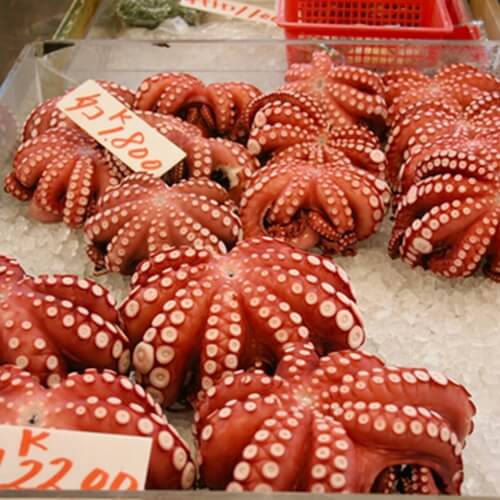4 Odd Delicacies From Asia
Whether you are a seasoned world traveler or a freshly graduated student of an online culinary school program, when you think of delicacies, the first things that come to mind are luxury, great or exotic flavors and big price tags. You might picture grand ballrooms, flowing gowns and expensive jewelry to describe where these desirable treats are consumed. While it is true that some delicacies like beluga caviar are eaten at fancy events and cost an astronomical amount of money per ounce, not every delicacy in the world is tough to come by. They range from moderately priced to dirt cheap, you just have to be looking in the right place. Consider checking out some of the delicacies people are eating in Asian homes, town markets and high-end restaurants.
1. Balut – This food has been getting a lot of press since 2007, when world-famous chef and author Anthony Bourdain ate the Filipino delicacy on live television. This quasi-developed duck egg is prepared in a salty broth. Very similar to a boiled chicken egg, it is eaten with a pinch of salt and lemon juice sprinkled on top. What is bizarre about balut is the embryo, which has a formed beak and a distinctly developed cartilage base. You can order it in the village markets outside of Manila or pick one up in one of the sandy five-star beach resorts in Boracay Island.
2. Birds nest soup – This Chinese delicacy is usually priced at $30 but can rocket to $100 in some cases. The main ingredient is the swift bird’s saliva, which has a very short window – about 35 days – for farmers to collect, and can only be harvested three times each year. The recipe for birds nest soup has been around for centuries, touting high levels of nutrients and aphrodisiac qualities.
3. Snake Wine – First arising in ancient Chinese and Southeast Asia societies, this popular Vietnamese delicacy puts an entire snake in a bottle of rice wine or grain alcohol. The snakes used are usually very poisonous, but don’t worry – they are left to steep for months, which allows the ethanol to dissolve any harmful chemicals.
4. Live octopus – Probably the most exotic item on this list is Sannakji, or live octopus, from Korea. It is served in pieces, dipped in sesame oil and eaten while its tentacles are still moving. If you ever decide to try this delicacy, be careful. The suction cups are known to stick to any surface they can latch on to and can stick to the inside of your mouth and throat.
If you like this post, please be sure to check out the following!
Getting To Know Thai Food
Flavor Of The East: Southeast Asian Curry
Forbidden Rice Is Great For Taste And Health


